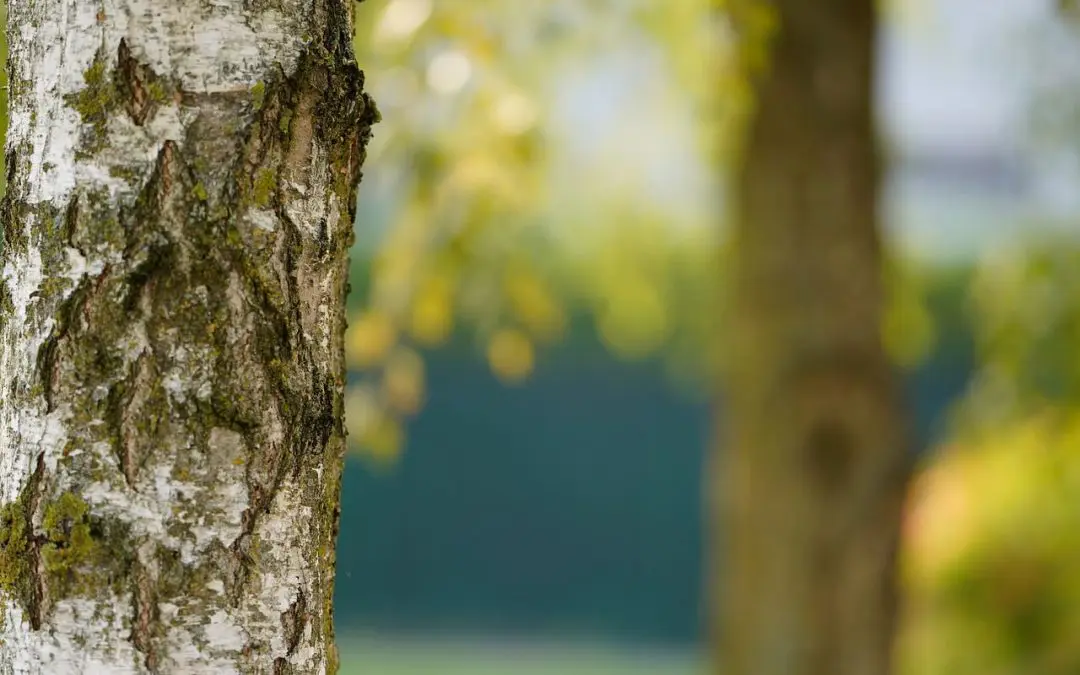Trees provide many benefits for your property. They provide shade, improve curb appeal, and help to clean the air. However, when the trees around your home become damaged or diseased, they threaten your property and the safety of your family members. Keeping up with regular tree maintenance can prevent problems from occurring.
What is Tree Maintenance?
At a bare minimum, tree maintenance includes monitoring the trees on your property. Depending on their health and condition, some trees may require mulching, nutritional supplements, or occasional pruning. A basic visual inspection of your trees is sometimes enough to catch disease and pest infestations in the earliest stages.
When to Perform Tree Maintenance
A maintenance schedule is helpful for a homeowner to keep track of the care of trees around the property.
Every 3 Years
Mature trees in your yard will occasionally need fertilization to continue to produce beautiful leaf colors and to stay healthy. Approximately every 3 years, use fertilizer to feed your trees.
Call a professional to trim and prune trees. Especially if you have trees that are overhanging the roof or driveway or touching the siding, prune away branches and limbs that could cause damage if they fall.
Annual Tree Maintenance
Every year, mulch around the trees in your yard. Mulch acts as a protective nourishing layer to encourage proper draining and help the tree stay healthy. The mulch should be 2 to 4″ deep and about 6 to 10″ away from the trunk of the tree.
If you’ve planted trees or have young trees on your property, these need fertilizer every year in order to grow strong roots. Water young trees more frequently and fertilize them at least once a year.
Caring for Your Trees Monthly
A big part of tree maintenance is simply noticing when there’s a problem. Once a month, take a walk around your property to inspect the trees. Regularly monitoring their health will help you catch issues early. Look for signs of disease or infection which might include holes in the bark or tree trunk, deformed leaves, stunted growth on some branches, and yellow or brown foliage during spring and summer.
When to Schedule Tree Removal
Even with regular care and maintenance, it is not always possible to save a tree. Sometimes disease has progressed so far or the tree has been so damaged that removal is the only option.
A leaning tree that has become partially uprooted is in danger of falling if the soil around it erodes further. Depending on the location of this tree, this could be an urgent safety issue.
A diseased tree can also affect the other trees on your property. Sometimes a diseased tree may begin to decay from the inside creating a falling hazard. Any tree in the advanced stages of disease should be removed by a professional.
Jones & Cooper Home Inspections offers home inspection services for home buyers or sellers. Contact us to request an appointment in Metro Louisville.

